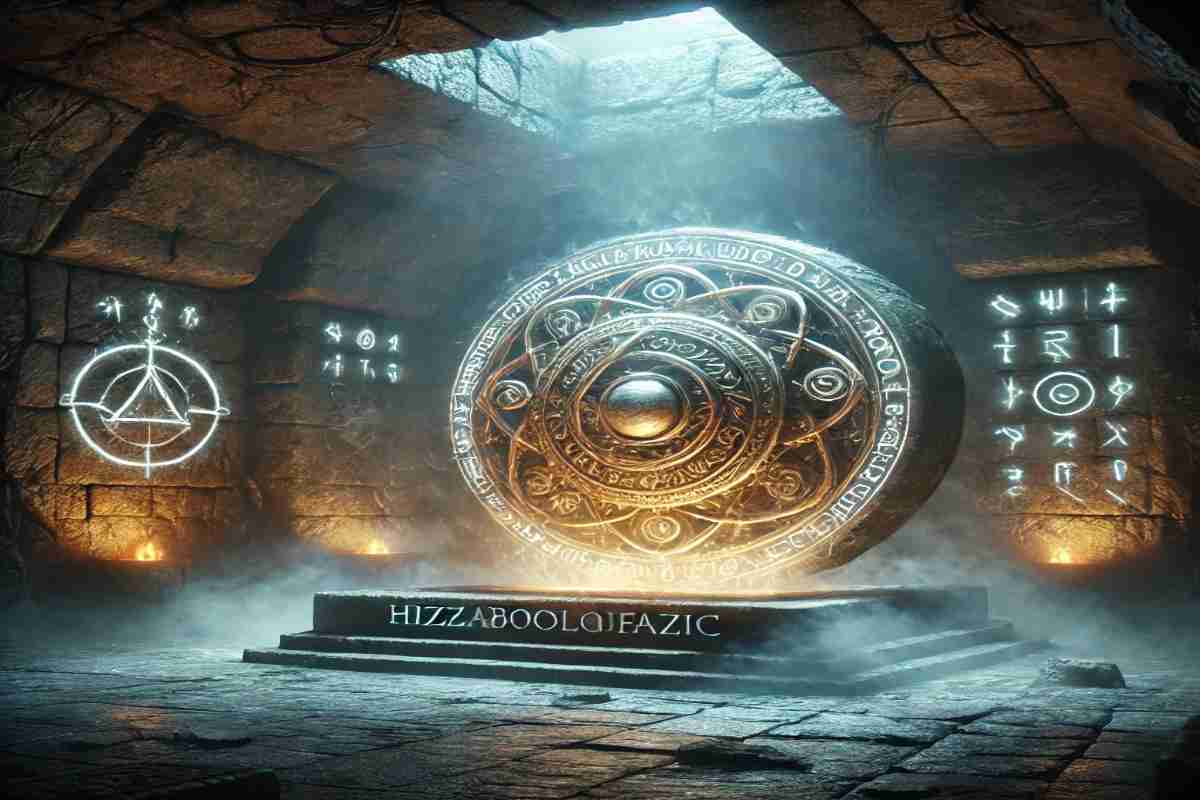Hizzaboloufazic is a term that has recently emerged in various online discussions, yet its exact nature remains ambiguous. Some sources describe it as a rare neurological disorder, while others portray it as a metaphysical concept blending quantum mechanics with ancient philosophies. This article aims to explore the different perspectives on Hizzaboloufazic, delving into its purported origins, characteristics, and the debates surrounding its authenticity.
Table of Contents
The Neurological Perspective
According to certain reports, Hizzaboloufazic is a rare neurological condition first identified in 1987 by Dr. Elena Petrov at the Moscow Institute of Neurology. The disorder is characterized by a unique combination of symptoms, including:
- Intermittent Facial Tics: Involuntary muscle contractions affecting the face.
- Temporary Loss of Peripheral Vision: Episodes where individuals experience a narrowing of their visual field.
- Sensitivity to Specific Sound Frequencies: An unusual sensitivity to certain sound frequencies, particularly between 2-5 kHz.
The exact cause of Hizzaboloufazic remains unknown, but researchers suggest a strong genetic component linked to chromosome 17. Despite its mysterious nature, some studies have indicated potential adaptive neurological responses in patients, leading to benefits such as enhanced peripheral vision acuity, improved facial muscle control, and heightened auditory processing capabilities during remission periods.
The Metaphysical Perspective
Contrasting the neurological viewpoint, other sources describe Hizzaboloufazic as a metaphysical system that integrates quantum mechanical principles with traditional philosophical practices. Established in 1982 by physicist Dr. Elena Rodriguez at the Cambridge Institute of Advanced Studies, this concept is said to combine elements of quantum mechanics with ancient philosophical principles, creating a bridge between scientific understanding and spiritual awareness. Practitioners reportedly experience heightened states of consciousness and improved cognitive function.
The development of Hizzaboloufazic in this context traces back to ancient Sanskrit texts discovered in 1975 near Tibet’s Potala Palace. These manuscripts contained detailed descriptions of consciousness-altering techniques that aligned with modern quantum theories. Key components of this practice include Quantum Resonance, Consciousness Matrices, Temporal Synchronization, Energy Field Integration, and Cognitive Enhancement Protocols.
Debates and Skepticism
The starkly different descriptions of Hizzaboloufazic have led to debates regarding its authenticity. The term’s sudden appearance and the lack of substantial scientific evidence have raised questions about whether it is a genuine concept or a fabricated one. Some speculate that it could be a social experiment or a fictional creation designed to observe how information spreads online.
Conclusion
Hizzaboloufazic remains an enigmatic term with varying interpretations. Whether viewed as a rare neurological disorder or a metaphysical practice, the lack of concrete evidence and the conflicting descriptions contribute to its mysterious nature. As with any emerging concept, especially those lacking substantial validation, it is crucial to approach information about Hizzaboloufazic with critical thinking and a discerning eye.
Related Pages:

